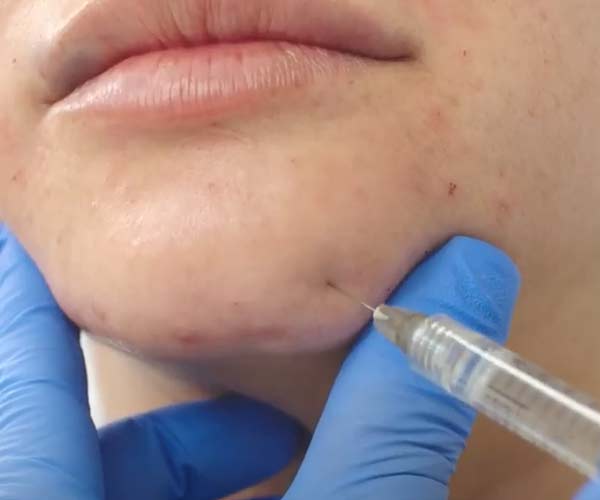Sculptra® Injections: What You Need to Know
By Dr. Stephen Cosentino
PRESIDENT OF EMPIRE MEDICAL TRAINING
Sculptra® is an injectable dermal filler. Dermatologists and other medical professionals have used it for more than 20 years to treat a variety of cosmetic complaints.
Unlike popular dermal filler brands that use hyaluronic acid (HA) as the active ingredient, Sculptra treatments use poly-L-lactic acid (PLLA). Both compounds stimulate the body’s natural collagen production, but PLLA’s effects — and thus the results of Sculptra — last significantly longer.
Curious about Sculptra’s potential as an aesthetic treatment? Here’s what you need to know about how this dermal filler works and its risks, benefits, and costs.
What Are Sculptra Injections?
Sculptra was first FDA approved to treat lipoatrophy (fat loss) in people with HIV.
Clinical trials performed in the late 1990s and early 2000s made clear that the active ingredients of Sculptra were safe and effective when used under the supervision of trained plastic surgeons.
Today, Sculptra is used “on-label” to address volume loss in the face. Off-label uses include volumizing and wrinkle reduction in the chest, arms, legs, and buttocks.
How Do Sculptra Injections Work?
Sculptra procedures should only be performed by licensed medical professionals who’ve completed Sculptra aesthetic injection training — and preferably advanced Botox® and dermal filler training as well.
Most courses of Sculptra require multiple treatment sessions. At your initial consultation, your provider will conduct a thorough medical history and physical examination before developing your treatment plan.
Sculptra injections can be performed in an outpatient clinic. On the day of your first treatment, your provider or an assistant will mark the injection sites and extract the indicated dose from premeasured vials of Sculptra. They’ll also inject a local anesthetic to minimize discomfort. The entire process should take no more than 30 to 60 minutes.
Recovery time is fast after Sculptra injection sessions. Most patients can resume normal activity the same day, though providers may recommend taking it easy at first and taking measures like:
- Applying a cold compress to the treated area on and off for a few minutes during the first 24 hours
- Gently massaging the treated area for a few minutes, a few times per day, during the first week
- Avoiding excessive UV exposure (natural sunlight and tanning beds) for the first week or two
Full results appear over the course of several weeks and become more obvious once post-treatment swelling (if any) subsides.
How Much Do Sculptra Injections Cost?
The cost of Sculptra varies by patient, location, treatment plan, and other factors. According to the makers of Sculptra, patients can expect to pay anywhere from $1,500 to $3,500 for a full course of treatment, which typically spans multiple injection sessions.
Sculptra Aesthetic is not covered by Medicare or private insurance. However, many plastic surgeons offer financing options or scheduled payment plans. The federal government may cover Sculptra treatment costs for certain patients living with HIV.
What Are the Potential Risks of Sculptra Injections?
Sculptra is a minimally invasive cosmetic treatment that’s regarded as safe and effective with proper use. However, it’s not recommended for patients with known allergies to any of its ingredients or medical predisposition to scarring.
Sculptra’s side effects may include:
- Temporary bruising around the injection site
- Mild swelling, tenderness, or redness in the treatment area
- Minor bleeding at the injection site
- Small bumps (nodules) under the skin
These complications are generally mild and temporary. They’re more common in patients with inflammatory skin conditions, including rashes, acne, and cysts.


